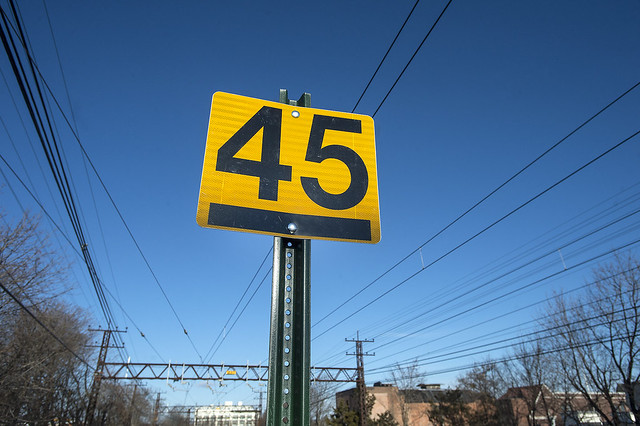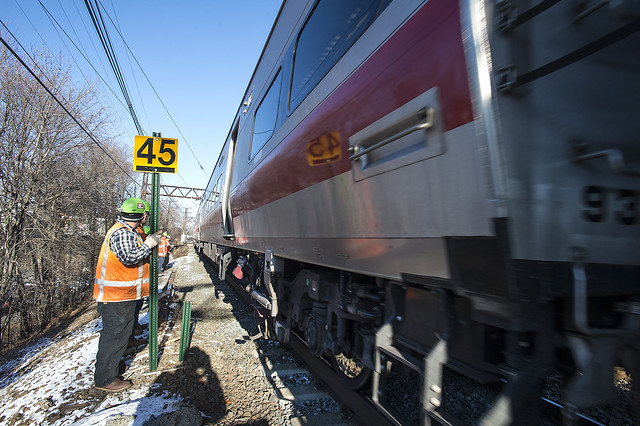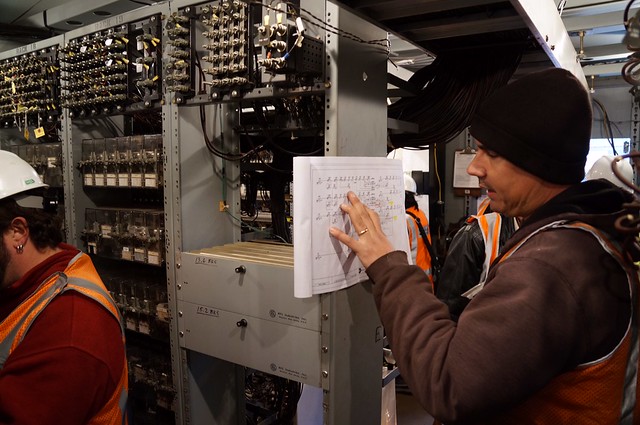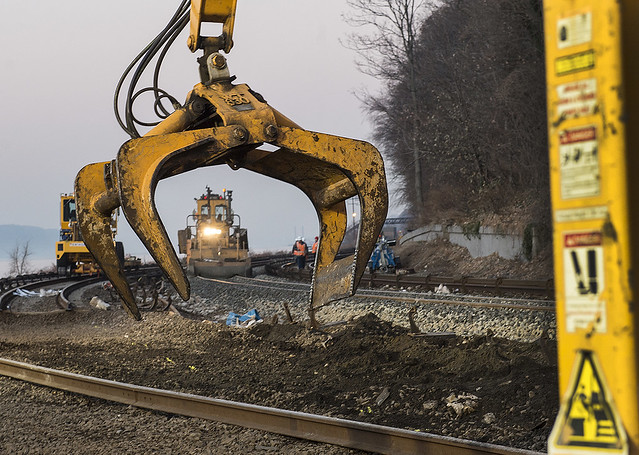As a new year dawns, it’s become an annual tradition these days for commuter rail lines in New York City to announce record ridership numbers and continuing growth. Metro-North, the Long Island Rail Road and New Jersey Transit have seen numbers not matched since the age of the automobile dawned, and with congestion in the region worsening and gas prices rising, this is a trend with upward growth that shows no signs of slacking off.
Along with higher ridership comes more crowded trains. We’ve seen this in the subways, and commuter rail passengers who are on packed trains every day live through it as well. It is starting to become a problem and one, at that, with no easy solution. Jim O’Grady at WNYC has the story, railroad by railroad:
Riders like Wadler wonder why the railroads don’t simply add more trains. The answer is limited track space. Long Island Railroad has nine branches that converge on a three-track bottleneck beneath the East River that it shares with freight and Amtrak trains. Railroad president Helena Williams says most of those trips end at Penn Station, where track space is at a premium. “We only have so many opportunities to put trains through our system and into Penn Station,” she told WNYC during an interview at the MTA’s Midtown headquarters…
Metro-North has six fewer branch lines and more rail yard space than Long Island Railroad. But it, too, has short platforms and is bursting with passengers, especially on the New Haven Line. Metro-North would like to add double-decker trains, which carry more people and are used by commuter lines around the country, including the LIRR and New Jersey Transit. But spokesman Aaron Donovan says the issue is not enough headroom—for the trains…
New Jersey Transit has dozens of double-decker trains that fit through tunnels under the Hudson River. The problem is the number of tunnels: two. Spokeswoman Nancy Snyder says those two tunnels carry all of the Amtrak and commuter train traffic between Manhattan and points west.
O’Grady’s piece drills down on each railroad’s challenges, and we know that New York City is constrained in that Manhattan is an island. But while the situation is dire, there is some faint glimmer of hope for certain commuters. First, East Side Access may eventually open, bringing more riders on the LIRR and better distributing them throughout the city. The Penn Station Access plan could follow which would help Metro-North. New Jersey Transit, though, in the ARC-less present, is relying on Amtrak’s Gateway Tunnel to remove some trains from the Hudson River bottleneck, and it’s not clear when, if ever, that tunnel will become a reality.
We can wring our hands over ARC and the missed opportunities, and we should be worried that few in Albany and Trenton are actively seeking a solution to this capacity problem. We should discuss through-running at Penn Station to bolster capacity as well. But because of geography, politics and economics, these capacity concerns represent a problem that won’t soon disappear.

 While returning home from a trip to the Peekskill Brewery this past Sunday, we found a pair of seats in the front car of our Hudson Line train. As the express pulled out of Peekskill en route to its next stop at 125th St., I noticed two train employees in the front cab. This change in staffing came about as a direct result of the fatal crash in December, and the ongoing NTSB investigation.
While returning home from a trip to the Peekskill Brewery this past Sunday, we found a pair of seats in the front car of our Hudson Line train. As the express pulled out of Peekskill en route to its next stop at 125th St., I noticed two train employees in the front cab. This change in staffing came about as a direct result of the fatal crash in December, and the ongoing NTSB investigation.  It’s been a rough 12 months for Metro-North. Headlined by December’s fatal derailment near Spuyten Duyvil, the commuter railroad faced power problems over this fall and a series of high-profile collisions and derailments earlier in 2013. Now, according to a report in The Times, Metro-North President Howard Permut will
It’s been a rough 12 months for Metro-North. Headlined by December’s fatal derailment near Spuyten Duyvil, the commuter railroad faced power problems over this fall and a series of high-profile collisions and derailments earlier in 2013. Now, according to a report in The Times, Metro-North President Howard Permut will 


